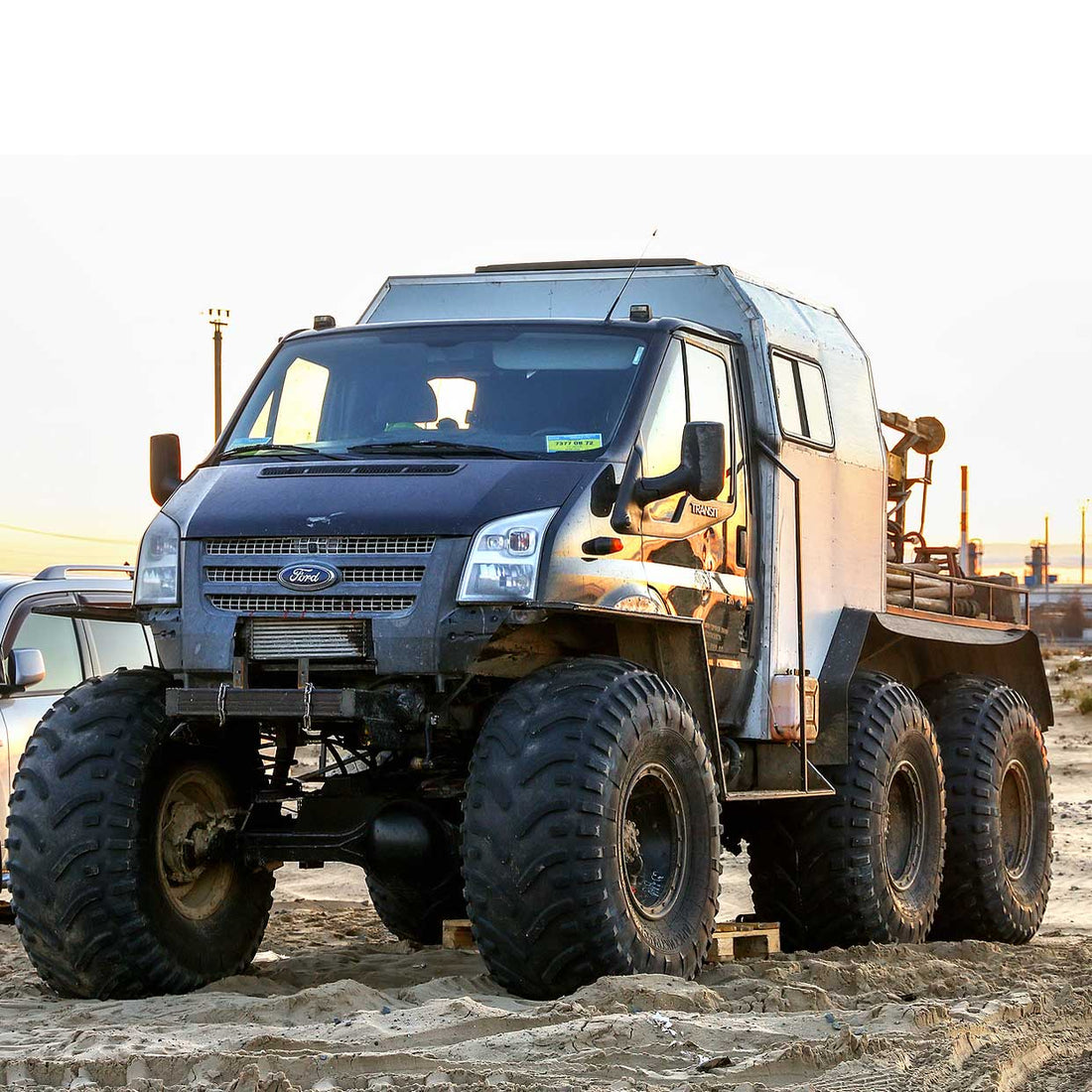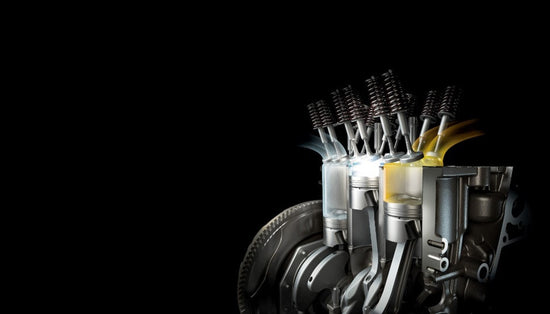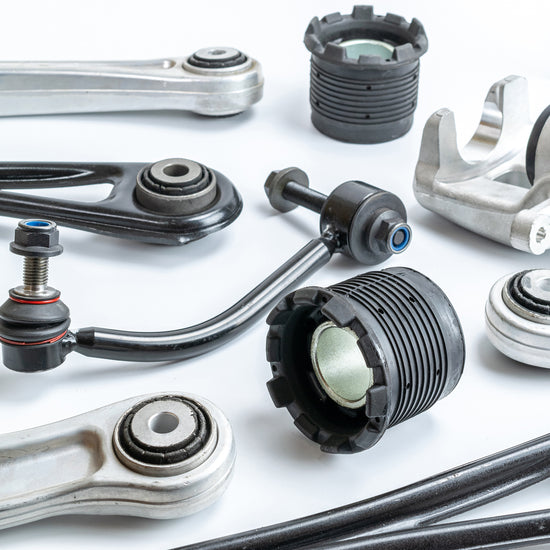In 1953, a legend was born. And while it was the year Cyndi Lauper, Pierce Brosnan and the legendary Michael Bolton, the real star that year was the Taunus transit van.
1953: Ford Taunus Transit
Although the Taunus and further Ford Transits resembled VW Campervans until the mid-1960s, it set the standard in transit vehicles. So much so that even transits made by other companies were referred to as Ford Transits.

1965: 1st Generation Ford Transit - Mk I
Fully embracing a more modern look, the Mark I was available as a pickup truck, minibus, crew and panel van - with the option of a petrol or diesel engine.
And it gave the UK public something they’d never had in a van before: choice.
The most incredible statistic, however, is that it was used in 95% of bank robberies in the 1960s, as it could handle 1.75 tonnes of cargo.
1978: 1st Generation Ford Transit - Mk II
With the Mark I taking the UK by storm, it wasn’t until 1978 that significant improvements were made with the release of the Mark II.
Advancements in engineering also made the Mark II safer to drive, less likely to break down and, for the first time, was available with an automatic transmission.
Greater consideration was also given to adding comfort, making it a much nicer driving experience.
1986: 2nd Generation Ford Transit
While the Mark II Transit stayed in service into the 90s, 1986 saw the release of the 2nd Generation Transit. With a 2.9-litre engine and an improved suspension for better handling, drivers had more power at their fingertips.
The advancement, however, came in 1994 when it received a mid-cycle facelift that saw transits fitted with electric windows, central locking, air con and airbags for the first time.
2000: 3rd Generation Ford Transit
The millennium signalled the arrival of the 3rd Generation Transit.
Available in two different heights for the first time, the 3rd Generation Transit had a top speed of 90 mpg with the option of front or rear-wheel drive. It was also the first model to handle like a family car, helping to turn it into the cost-effective vehicle it is today.
2013: 4th Generation Ford Transit
The 4th Generation included a choice of three wheelbase lengths, several height options and larger loading bays. But most significant was the introduction of the 1-tonne Transit Custom and the expansion of its transit range.
The size of Ford’s transit range is unequalled in the industry, which has helped to make the best-selling small van in history. And with the recent announcement of a collaboration with VW (a van it was mistaken for in 1953), those sales aren’t going to stop anytime soon.
2022 and beyond: The future of the Ford Transit.
In 2022, Ford released its first electric van, the e-Transit, which can travel up to 217 miles between charges.
But the most telling aspect is that of all the vehicles Ford could have chosen for its first foray into the electric vehicle market, they chose the Transit.
Proof that its popularity is unwavering.

Have a chat with Approved Engines.
Whether you own a transit van or not, every vehicle owner needs to ensure their engine runs smoothly.
That’s where we come in.
With over two decades of experience in the industry, Approved Engines is a trusted provider of Transit engines and also reconditioned engines for vehicles of all makes and models. Plus, every engine we sell comes with a 12-month/12,000 miles or 6-month/6,000 miles warranty.
To find out more, get in touch.







